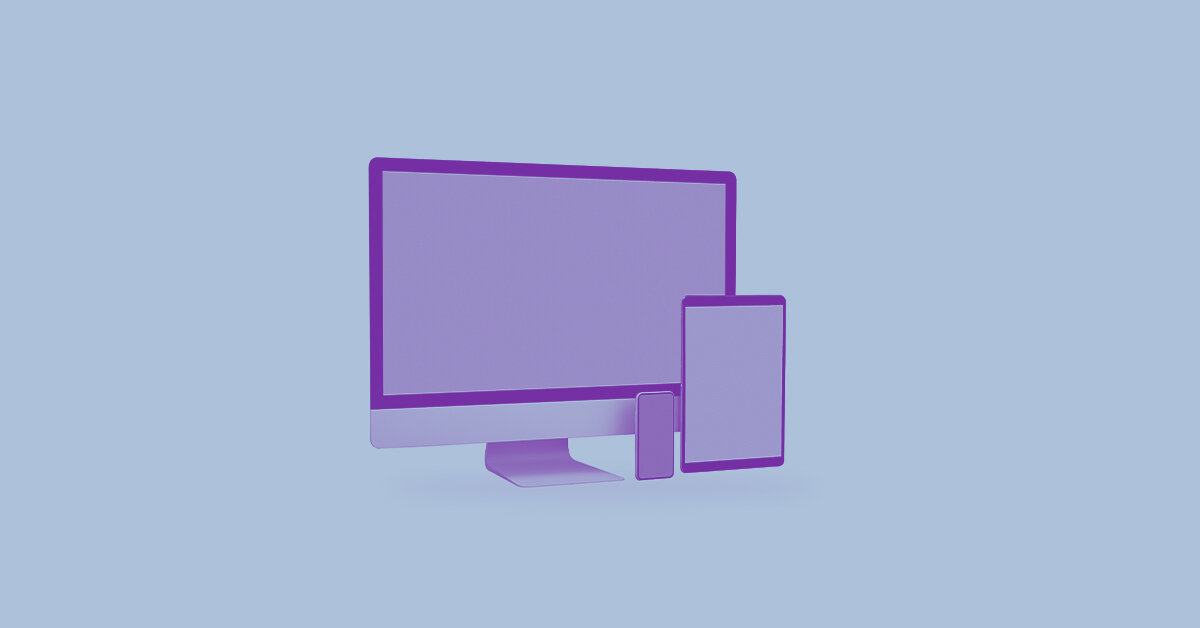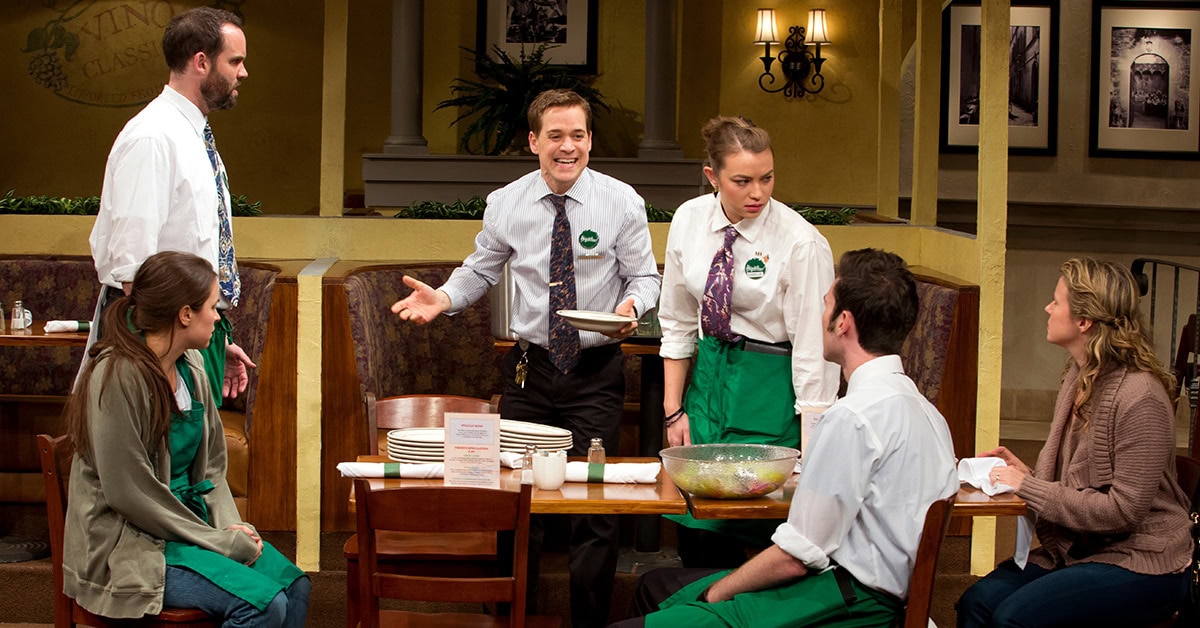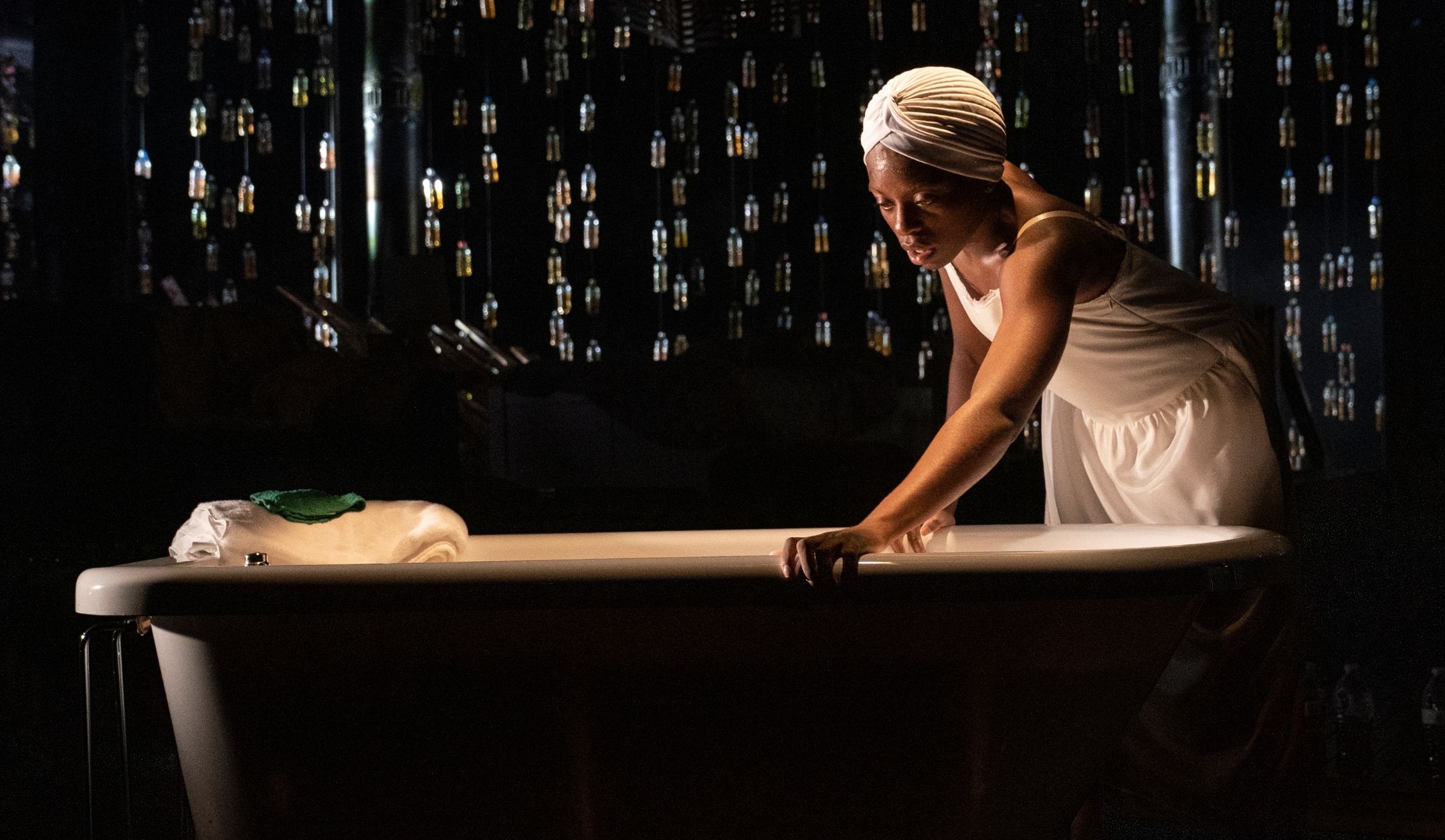
As we gear up for another season, we chatted with some directors of recent virtual productions to see what their tips and tricks were. Alexander Donovan of the Citadel Theatre recently produced The Wonderful World of Dissocia (US/UK) for virtual performance, and Annmarie Duggan of the University of Pittsburgh arranged a production of She Kills Monsters Virtual Realms (US/UK).
1) What are the benefits of performing a play virtually?
Alexander Donovan (AD): There’s a much wider access possible. We’ve moved from the confines of a theatre to a more global stage. Of course, that’s only as good as your ability to promote the piece to people. Still, friends from across the country can view the piece and we’ll be able to have an excellent archival copy.
Annmarie Duggan (AMD): For us, the benefit was to keep our young artist working and to keep the sense of community going within the Department.
2) How did you handle the rehearsal process?
AD: We were in a unique position since we had only just begun in-person rehearsals when the lockdown hit. I had done quite a bit of character development work with the students and had only rehearsed a single scene (!) when we got sent into lockdown. We had one week off wherein I was let go because we all reasonably assumed the production was over. Doug Mertz and the Citadel had other plans though, and he asked if I thought it could be done virtually. I thought, why not? Let’s see where this goes.
There was a period of about two weeks where things were up in the air. How was the show to be performed? Live online? Recorded? Would we be back in theatres eventually? The cast and I decided it would be best to adapt the play as a film hybrid taking place on the main character’s computer. From there, I would rehearse with the students on Zoom while they posted research, worked on making art, and created music on our Discord server.
I had to reduce the rehearsing hours and extend our time by about a month to keep things from getting too intense. Sitting in front of a computer is taxing, so rehearsals couldn’t be longer than 4 hours with a 30-minute break. We’d rehearse the scenes and then eventually began recording. It was similar to my usual process in some ways, but the filming was definitely a new experience.
AMD: We set rehearsal up just the same as we do in the theatre. The show has two stage managers and they did reports every night just as they would. They also managed the Skype room, making sure everyone was able to join and knew who was needed when.
3) How did you handle costumes, sets, and other design elements?
AD: We had a costume and set designer before the shows went digital but those disappeared when we went virtual. Set design turned into film composition. The new conceit of the play is that it’s set within the main character’s computer, so the backgrounds were the new set. The actors created their own costumes, which ended up being incredibly creative and fit with the tone of the show very well. We began this process during the severe lockdown, so it just wasn’t possible to have people sending costumes to each other or fitting people for things.
The actors no longer needed to be as present in rehearsal due to us filming it, so they were able to explore other facets of play creation. The actors helped create music, animate sequences, and present ideas for backgrounds. Two actors in particular really stepped up. Jemuel Florendo created an entirely animated video game segment and Amro Ahmed created dozens of music tracks. I did quite a bit of asset creation as well, making backdrops and sourcing music. We hired a film editor, who helped make all the complex computer animations in the play.
AMD: Sets were virtual, but you can see in the trailer on our YouTube channel — it gives a sense of how we handled them. For costumes, each performer met with our resident designer to talk through what they had available and make choices for the character. For lighting, the performers met with the lighting team to go over how to best use what they had. Sound was played into the Skype room so that the actors could also hear what was happening. Props were built by the prop master and shipped to the performers.
4) What were the technical challenges of presenting the show virtually?
AD: Internet connection. Lag and latency issues were rampant. Not everyone has access to fast, stable internet, or they live at home and tons of people use the internet at the same time. It made rehearsing pretty tough. I knew from the start that I didn’t want to film it in Zoom either. I hated the nasty audio and video compression that Zoom does and my editor Elijah Lindenberger suggested instead filming each actor individually using their own phones/cameras. The quality was a MILLION times better than the Zoom call and was actually watchable.
The logistics of having each individual actor film themselves and upload things was a bit tricky, but Elijah had an excellent naming system that made things easier. I split the play into segments that we used to label our files. We would film in a Zoom call so that the actors could see and hear one another, but they would set their phones up at the same height as their laptop webcams to make it look like it’s being filmed through their computers. The effect is pretty stunning. They would then proceed to upload their files using the naming system in a shared Google Drive folder.
Then came the editing. Oh boy. I’m fortunate to have a great deal of editing experience. Having sat with the play for so long, I began the process of synching all the actors together in Adobe Premiere Pro. Keep in mind that every actor recorded themselves separately and there were 15 actors. I had scenes with 10 people in them at once! Yes, in general, they were in time but sometimes actors make little blips that threw the timing off just a hair. It was a gargantuan task to sync everyone up in a fast, snappy, and watchable manner. In the end, it looked like one single long take, which I’m quite proud of. It clocks in at about 2 hours, so I’ve got a nice feature film under my belt, haha.
Next was figuring out how to present it to an audience. We decided it
would be best to make it a free but ticketed event. We’d allow people to get a ticket for a specific time, we’d stream it and allow it to stay up for a little bit and then remove it.
AMD: The challenges mostly had to do with the internet speeds of both the crew and performers. Also the current programs available to do what we did are as robust as we would have hoped. Our budget was tight so the tools we had were limited we needed to find way of working within those resources.
5) What was the performance itself like?
AD: I guess I’ve answered this somewhat already, but the performance was basically a film/play hybrid. The play takes place entirely through the main character’s computer. We visit websites, watch videos, and see everyone through webcams and phones. There are animated segments, moments where we enter video games, and even music videos of the cast singing. I’d liken it to the film “Searching” with John Cho, although with a far more absurd bend. It was significantly different than the planned stage production and yet I think it retained the heart of that production for a new medium.
AMD: Everyone was learning something new so it was hard and had some very frustrating moments but in the end very worthwhile.
6) What is your biggest piece of advice for someone else looking to perform a virtual play?
AD: Don’t ignore the camera. Theatre, as I see it, is a live art form. It is at its best when shared with a group of live audience members in the same space. This just is not our reality right now. I try not to delude myself into thinking something will work simply because I want it to. Create a story for the medium you are being presented with. Resist the urge to bend a play that refuses to live within the camera and instead find a story that begs to be told through the virtual lens, through the webcam, through the computer, and so on. I think we often get trapped within our desire to be a “theatre” artist instead of engaging with the fact that we are all simply artists. The medium is just what we funnel our creation through.
I’d also say take a step back. Think about why you want to do a virtual production. We spent weeks considering how to do this production before committing to it. I only did so because I believed it could very well be better as a virtual production. Give yourself permission to let go and wait if your creation will suffer in this new medium. This is a traumatic period we are in now. If you have the means to stop creating for a while, give yourself that privilege. You’re still an artist whether or not you have a project on the go.
On the opposite note, don’t be afraid to go a bit wild! We’ve never been in a moment like this, so there’s not really any wrong answers. Make whatever you want and see how it goes. Just remember that there will be new hidden costs to creation during this time. If you’re funded, make sure you get a video editor and have storage space, access to film equipment, and good editing software. This is a different medium so don’t expect it to work the same.
Above all, enjoy yourself and stay safe!
AMD: Put a team together that you trust and then support each other, be ok with the fact that you will have failures and be willing to make your way forward each day no matter the setbacks.
Want to put on a virtual play of your own? Check out our list of approved-for-live-stream plays and musicals:
Plays (US/UK)
Musicals (US/UK)

Bon Appetit! Shows Set in Restaurants

The Truth Behind… Calendar Girls

